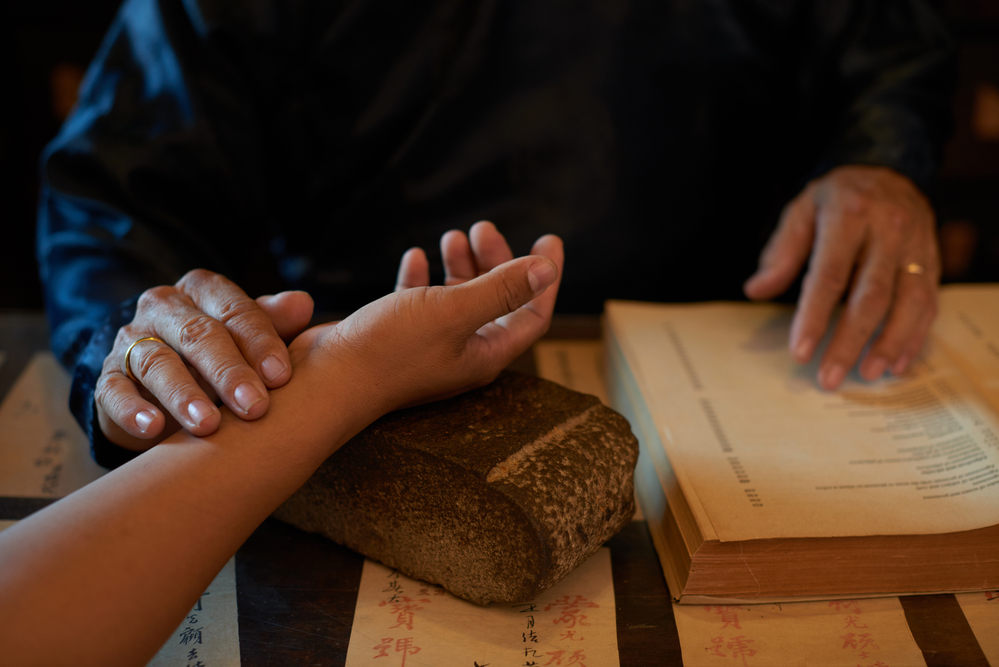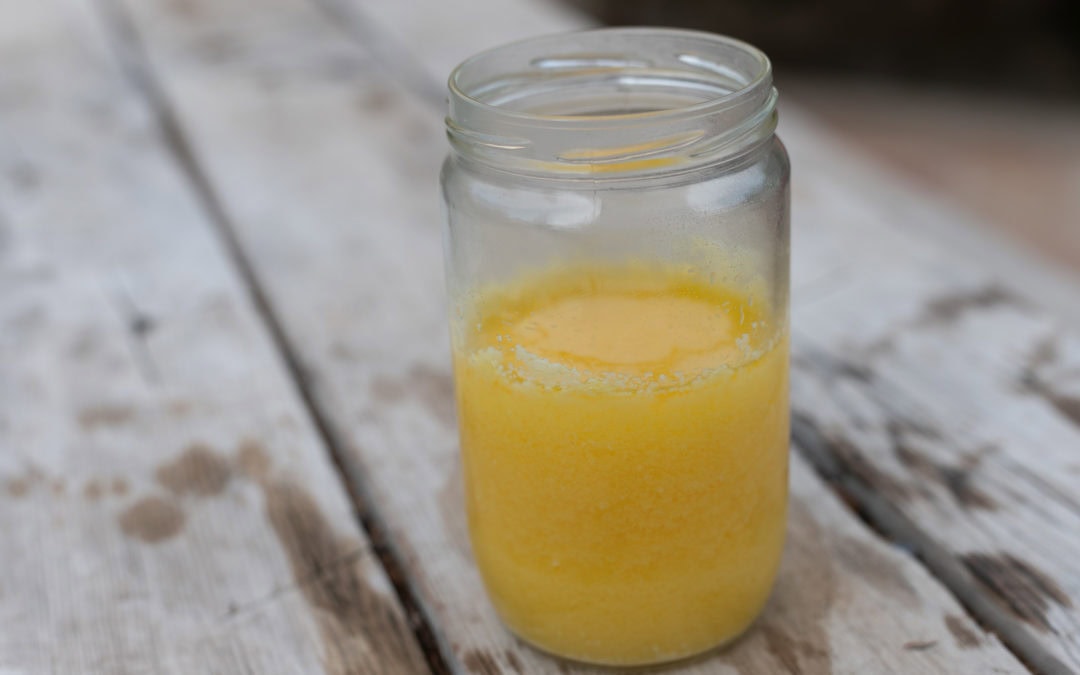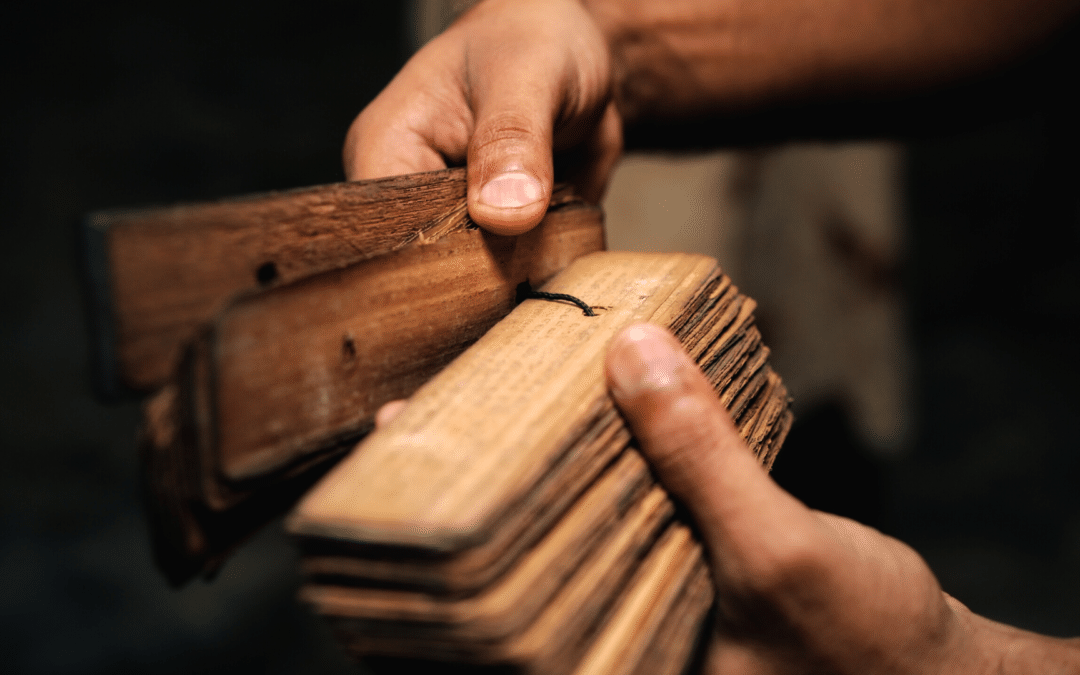
What is an Ayurvedic Practitioner?
Āyurvedic Practitioners (AP) are competent in managing and treating diseases from the Āyurvedic perspective, using Āyurvedic etiology (nidāna), pathology (samprāpti), diagnosis and management of diseases (kāya cikitsā), in addition to practising and teaching the prevention of disease and promotion of health (svasthavṛtta). Āyurvedic Practitioners use herbs as medicine (dravyaguṇa vijñāna) and Āyurvedic purification (śodhana cikitsā) and rejuvenative therapies (rasāyana) in addition to diet and lifestyle (āhāra vihāra ). They also understand the basics of Western anatomy, physiology and pathology. They should be able to contribute to the profession such as by writing articles, contributing to research, teaching at professional conferences or presenting case studies.
While Ayurvedic Practitioners, like Ayurvedic Health Counselors, are not necessarily able (or required) to interpret western medical reports, they can identify which subdoṣas are involved in a presenting imbalance, determine the etiological factors (nidāna) responsible for the doṣic imbalance, and assess the state of the malas through questioning (praśna). Ayurvedic Practitioners are skilled at determining the full samprāpti (pathogenesis) of disease conditions.
Taking into account the dose (mātra), vehicle (anupāna), and timing (auśadha kāla) the Ayurvedic Practitioner can custom create or recommend pre-designed herbal formulas, herbal medicines, minerals, or other natural substances for internal or external use. The Practitioner will take into account the safe use of natural medicines for the purpose of balancing agni, eliminating āma while supporting the malas, protecting and building ojas, and treating disease beyond the third stage of Samprapti.
At the Practitioner level, the Professional will recommend pañcakarma programs as well as individual treatments (śodhana cikitsā). These can include classical pañcakarma and treatments for individual conditions and/or the use of specialized traditional body treatments. Practitioners can manage and recommend pūrva karma, pradhāna karma (diet, lifestyle & herbs), and post panchakarma rejuvenation (paścāt karma).
While the AHC will consult with children over the age of five years, the Ayurvedic Practitioner can recommend diet (āhāra), lifestyle (vihār), herbs (dravya) and treatments (cikitsā) to manage pre-natal, natal, postnatal health and pathologies and care of newborns. Practitioners can care for children of all ages.
Recommending a plan for the elimination of presenting pathologies and the restoration of health in all systems of the body falls within the scope of both the Ayurvedic Practitioner and Ayurvedic Doctor. Other areas that these professionals cover (which are beyond the scope of the AHC), include recommending preventative care and treatment for conditions of the head and neck region, including ears, eyes, nose and throat, recommending diet (āhāra), Lifestyle (vihāra) and positive conduct (ācāra), herbs (dravya) and treatments (cikitsā) to treat pathologies in the mind. They can administer, combine, provide, compound, and dispense herbal medicines, minerals, or other natural substances. While herbs may be used for the same purpose and in the same way as the AHC would, the AP can provide this care in any stage of the disease pathology while samprapti beyond the third stage falls outside the scope of the AHC. While the AHC will refer pathologies of the mind to AP’s and Doctors, the AP can design, implement and manage a plan to pacify the doṣas within the mind and provide treatments (cikitsā) to treat pathologies in the mind.
The Ayurvedic Practitioner is an informed consumer of Āyurvedic medical research and may be capable of writing articles, contributing to professional conferences and presenting case studies.
. . .
At the Yoga Veda Institute, we are passionate about making Ayurvedic Education accessible to anyone, regardless of financial ability. If you dream of being more than an Ayurvedic Health Councillor but don’t quite see that fitting into your budget, talk to us!
SOURCE:
https://cdn.ymaws.com/ayurvedanama.site-ym.com/resource/resmgr/3_official_documents/nama_sop_doc_updated_08-08-1.pdf
More From Our Ayurvedic Learning Center

How to Make Ghee – The Ayurvedic Way
About this recipe Ghee is a staple in ayurveda so it's always good to know how to make your own that way you can keep an eye on the quality and save a few bucks! Ghee is sattvic, increases agni, helps to move āma to be detoxified and is unctuous helping to nourish...

Journey into Ayurvedic Wisdom: Unveiling the Bṛhat Trayī
At the core of Ayurvedic knowledge lies the Bṛhat Trayī – the three primary texts that weave together the intricate tapestry of this time-honored tradition. In this blog post, we embark on an exploration of the Caraka Saṃhitā, Suśruta Saṃhitā, and Aṣṭāṅga Hṛdaya,...

5 Tangible Ways to Practice Yogic Philosophy
The roots of yoga go back thousands of years and yogic philosophy has emerged from so many different texts over the years that the number of teachings is overwhelmingly big. It can be easy to get lost in philosophising and not be sure on how to apply them to our lives...
